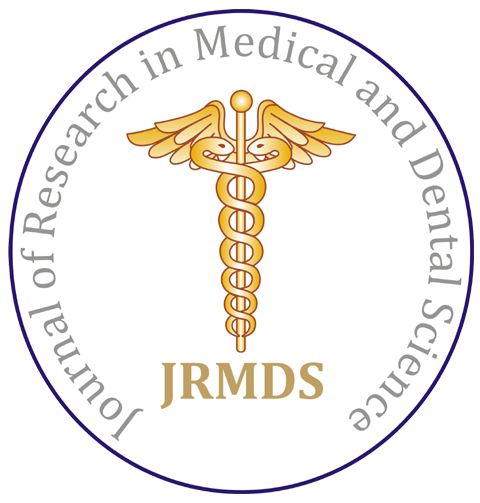Estimation of Incidence and Awareness of Obstructive Sleep Apnea in Class II Malocclusion in Young Age Adult Population as Compared to Class I Malocclusion in Vidharba Population Using Questionnaire and Lateral Cephalogram
Author(s): Renuka Talla*, Ranjit Kamble, Jeni Ann Mathew and Karthika Nambiar
Abstract
The condition known as Obstructive sleep apnea (OSA) has few characteristic features which include recurring collapse of the upper airway when asleep which further leads to frequent and repetitive episodes of desaturation leading to awakening. If Obstructive Sleep Apnea (OSA) is left untreated it may affect the “Neuro-cognitive” function of the individual. Berlin questionnaire is one of the screening tools which is simple and can be used widely. A total of 200 patients were selected within the age group of 18-30 years for the study. Based on the skeletal pattern all the patients were divided into two groups with each group containing 100 patients’ skeletal class I and skeletal class II. With the above questionnaire it was found out if the patient is aware of his/her condition i.e. OSA. After the patients completed the questionnaire, lateral Cephalometric was taken to evaluate. Statistically significant difference was found for PFH, PHB, SPAS, MAS, IAS, and TGH. Study indicates that the awareness of Obstructive sleep apnea (OSA) among the individuals is poor. Our study has shown high estimate of Obstructive sleep apnea (OSA) in skeletal class II cases when compared to skeletal class I.
